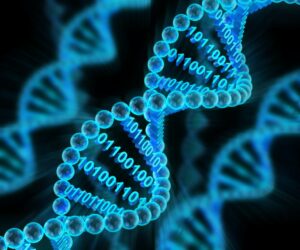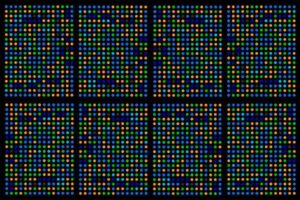DNA, Epigenetics & Emotions
DNA, epigenetics & emotions are being explored in the cause of illnesses & diseases. In every cell there exists a Universal pattern of Intelligence that is call DNA. There are at least 6 billion steps of DNA in a single cell that become a person’s blueprint. The memories we bury, especially negative ones, become hidden in our DNA. Emotions have been found to be encoded within it. This encoding tells the body what segments of DNA should be turned on & off. This happens especially in the parts of our brain involving the stress response.
Many studies indicate emotions have an epigenetic influence. Epigenetics is the study of changes in gene activity that do not involve changes to the genetic code. This is done due to the development of DNA microarrays. Researchers collect microscopic DNA & make it possible to analyze the expression of tens of thousands of genes simultaneously. An array of DNA sequences for a particular set of genes is created, fixed to a supporting slide or chip. Samples of genetic material are then labelled with fluorescent markers. The genetic material in the samples binds to sites on the array producing a pattern for analysis. In biochemistry these DNA microarrays or ‘spots’ are referred to as DNA chips, gene chips, DNA arrays, gene arrays, & biochips.
Researchers have published studies showing a link or influence between emotional states & genes on our DNA. One study compared the gene expression of medical students to their anxiety scores on a standard psychological test. A genetic sample and psychological test was done taken nine months earlier that provided a baseline for comparison. The second measurement was taken just before their licensing examinations, a time of high-test anxiety for the students. Researchers found that during this high-stress period, 24 genes were expressed differently. Another set of researchers in another study looked at people who were lonely and depressed and compared the expression of their entire genome with a happier group. They found 209 genes that were differently expressed in the group of unhappy people.
It is recorded that these epigenetic changes can be passed down to at least one successive generation. Since we are what we inherit from our parents, some emotional patterns can become generational just like physical diseases that tend to run in families. This means that each cell is impacted by every feeling, every thought, & every emotion experienced. These beliefs/memories become the root cause of up to 70% of our physical diseases.
Science is catching up to where spirituality has been for thousands of years. Many religions focus on mediation & prayer to maintain an internal focus and calming mindset. Psychology and spirituality have been regarded as less rigorous than biology and physiology, and the scientific world is having to rethink its priorities as it discovers that invisible human emotions have profound epigenetic effects.
Essential oils can impact the cell, especially at the DNA level. Their benefits have been documented for reversal of inflammation, oxidative damage, and infection. There is direct feedback between the cell membrane, the level of oxidative stress and expression of DNA. Anything that influences the cell can create a response that includes in the DNA.




Pingback: Emotional Release Work - PathFinders TBA